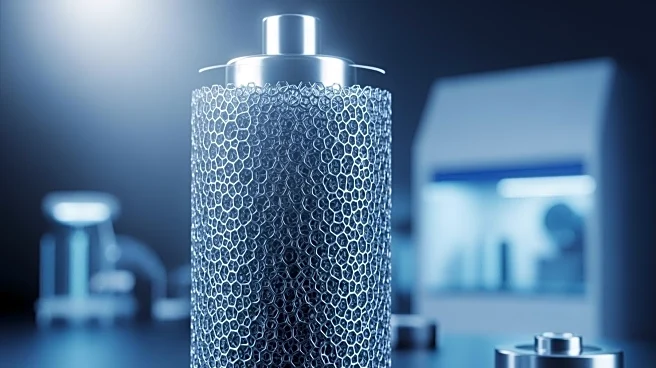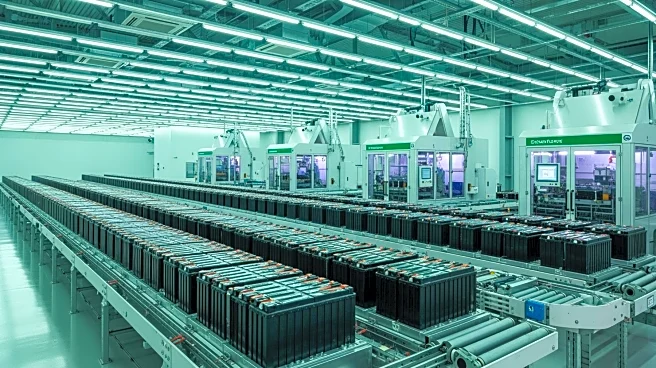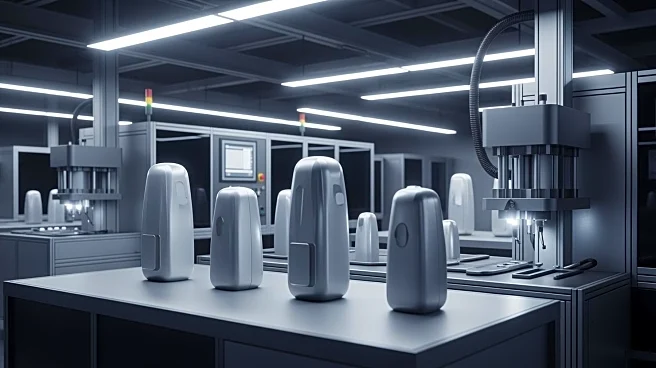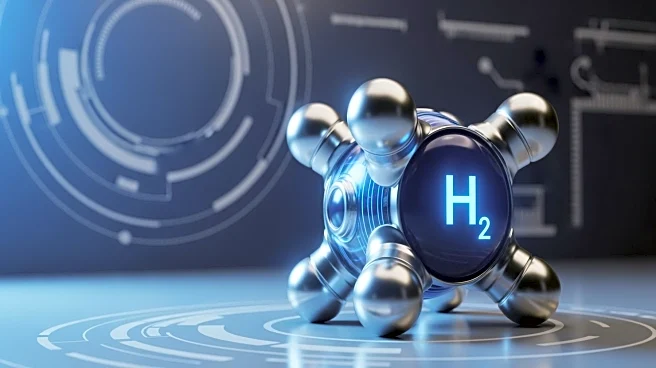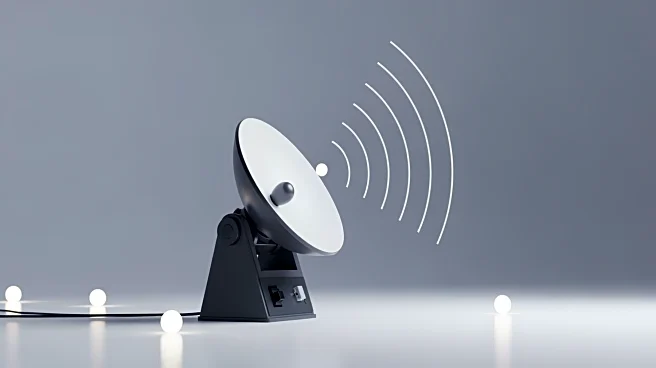What's Happening?
A new porous zinc anode design has been developed for zinc-air batteries, offering improved energy capacity and cycle life. The anode features a three-dimensional network frame structure with tunable pore
sizes, enhancing electrochemical activity and corrosion resistance. This design achieves a discharge specific capacity of 812 mAh/g and demonstrates a longer cycle life compared to commercial zinc foil, marking a significant advancement in battery technology.
Why It's Important?
The porous zinc anode design addresses key challenges in zinc-air battery performance, such as energy density and cycle stability. By improving these aspects, the technology could lead to more efficient and sustainable energy storage solutions, benefiting industries focused on renewable energy and reducing environmental impact. The innovation may also drive advancements in portable electronics and electric vehicles.
What's Next?
Researchers may continue to refine the porous zinc anode design to further enhance its performance and commercial viability. The technology could attract interest from companies seeking sustainable energy solutions, potentially leading to partnerships and investments. Regulatory bodies might assess the environmental benefits and safety standards of zinc-air batteries, influencing future energy policies.
Beyond the Headlines
This development could catalyze a shift towards more sustainable battery technologies, emphasizing the importance of eco-friendly energy storage solutions. It may also inspire further research into porous metal materials, expanding their applications in various industries.
